Like many, I was always struck by the many different sides of the late Steven Foster, especially by both his incredibly rigorous intellect and his deep appreciation for the beauty of plants and how his photographs so powerfully bring their spirit of the plants to life.
And so, several years ago, I asked him how he did it and what, especially, the spirit of the plants meant to him. I forgot I had the file until searching his name in my computer to write something after his death. I came across these reflections that he shared in an email in 2019, lightly edited by me, as he so lightly edited so many of the things I have shared on this website. –Ann Armbrecht, SHP Director
Dear Ann,
Thanks for your kind words. A walk in the woods, or going out to look at plants, has been a conundrum, often a struggle, in the sense that my left brain lights-up and I’m experiencing plants in “thinking terms”; therefore, a walk in the woods can be anything but relaxing. I’m analyzing, looking at morphological detail, conjuring-up scientific names, processing whatever information comes up in association. Then in looking for something specific to photograph, I’m analyzing the light, calculating dimensional distance and angles, rubbing my chin to think about all of these things at once.
After that processing, though, I can switch to my right brain. When it comes time to actually photograph an individual plant, plant part, or habitat, when all that thinking and computing is done, I’m there with the plant, experiencing it as one being to another.
I don’t have to think about the camera or the photography at that point, because I have enough experience that that equipment simply becomes an extension of myself. I don’t have to think about it.
I can turn off my mind and just see beauty as revealed by the plant. My purpose is to share that moment with the world. It is not unusual to be with a single plant for an hour or more in that context.
I was just thinking about this a couple of days ago, being in the forest and realizing that just experience — no books, no Google — had given me an acute sense of familiarity (i.d.) of woody plants without leaves at this time of year. Hence, I can easily pick out the endemic new species Ozark leatherwood (Dirca decipiens), for example, by just glancing at it through the understory. That’s where knowledge has morphed into awareness. There’s no teaching that.
Part two of the first question, is that I now go on hikes with the intention of just being in wild places with the herbalist/scientist/photographer/writer mind turned off within me, practicing “no mind” with a focus centered on the third eye to see without seeing. To see without thinking. Just be. Camera, equipment, field guides, extraneous stuff left at home (except for my iPhone, of course).
Click the image to enlarge. To see additional photos by Steven on the SHP site, see the plant profiles from the 2020 Forest Botanicals Week.
Approaching the World with Awe
On the second question, to quote Will LaPage (once the director of NH State Parks, and an author of many books on parks policy), “Without knowledge there is no appreciation. Without appreciation there is no conservation.” Being aware, I suppose, is simply approaching the world with awe. Rather than just using the “five senses” one has to ask questions to gain knowledge, then develop experience from the appreciation that knowledge garners. It means experiencing the world with more than an open mind, but an open heart and believing in one’s own intuition, listening within, in order to move beyond the ordinary experience of the world. Of course, all easier said than done…especially in a man’s body and social condition.
This short article I wrote (shared below) kind of sums it up (previously published as “How the Dragonfly Turned My Head,” pp. 197-198. In Nature’s Operating Instructions, K. Ausubel with J.P. Hapignies, eds. Sierra Club Books, San Francisco, 2004, pp. 197-198).
Best,
Steven
Whaaa!? How the Dragonfly Turned My Head
by Steven Foster
One of the things I want you to do is find a way to question your own assumptions about your own thought processes.
Around 1980, a little event happened to me in the woods. I moved to Arkansas at age 22, stuck with no job, no money, no car. I lived alone in a cabin a mile out in the woods for two years. It turned out to be one of the most valuable experiences of my life.
I would spend half the day writing and half the day walking in the woods. There was a favorite spot I used to go to that was just a small permanent pool of water with snail darters, a nice little waterfall when it was raining, and a lovely dogwood hanging over this little pool of water. I went there to sit, and after doing this for a couple of years, I believed I was in touch with nature. But beneath all that was a subconscious human assumption that we had dominion over the plants and the earth, and I didn’t believe that I thought that way but…
A dragonfly landed on a branch in front of me. So I was sitting there communing with nature and looked at the cute dragonfly. We started staring into each other’s eyes, which went on for several minutes. Then the dragonfly took its two front legs and put them on either side of its head and turned its head 180 degrees, came back to center, and turned it around the other way.
That single experience made me realize that I had to question every assumption that I had in my mind.

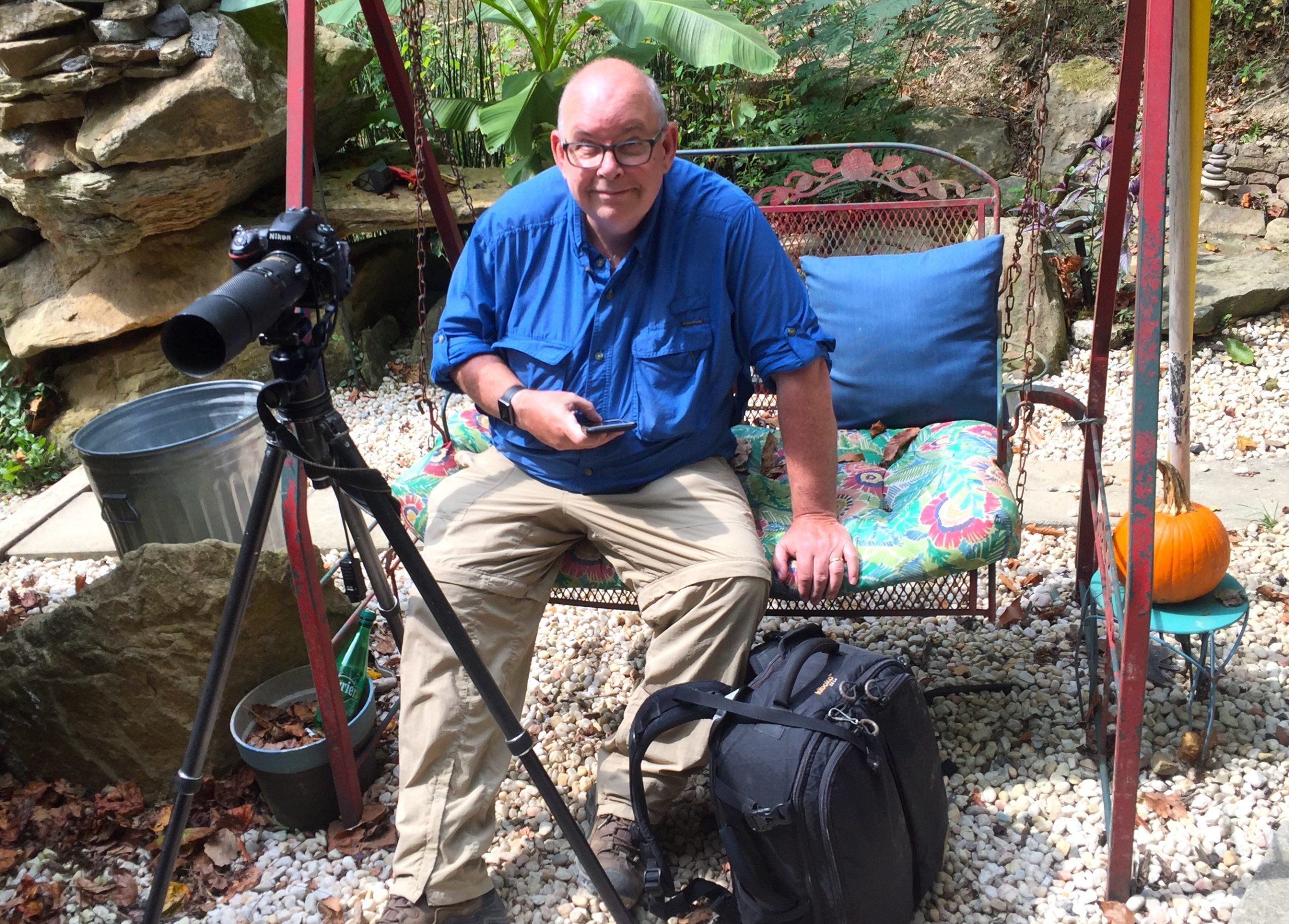
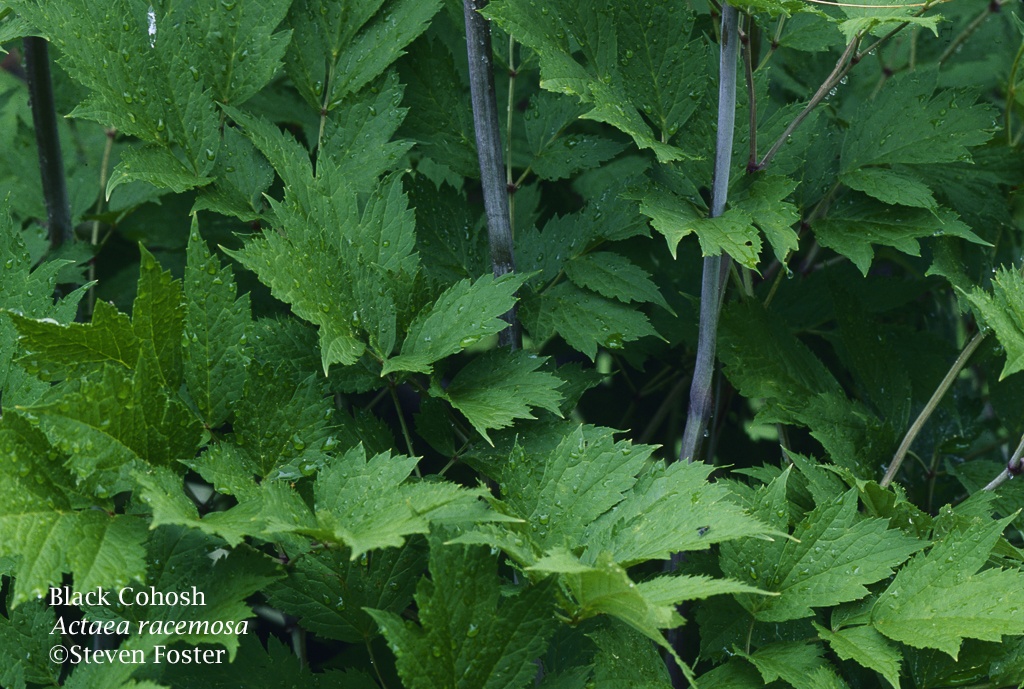
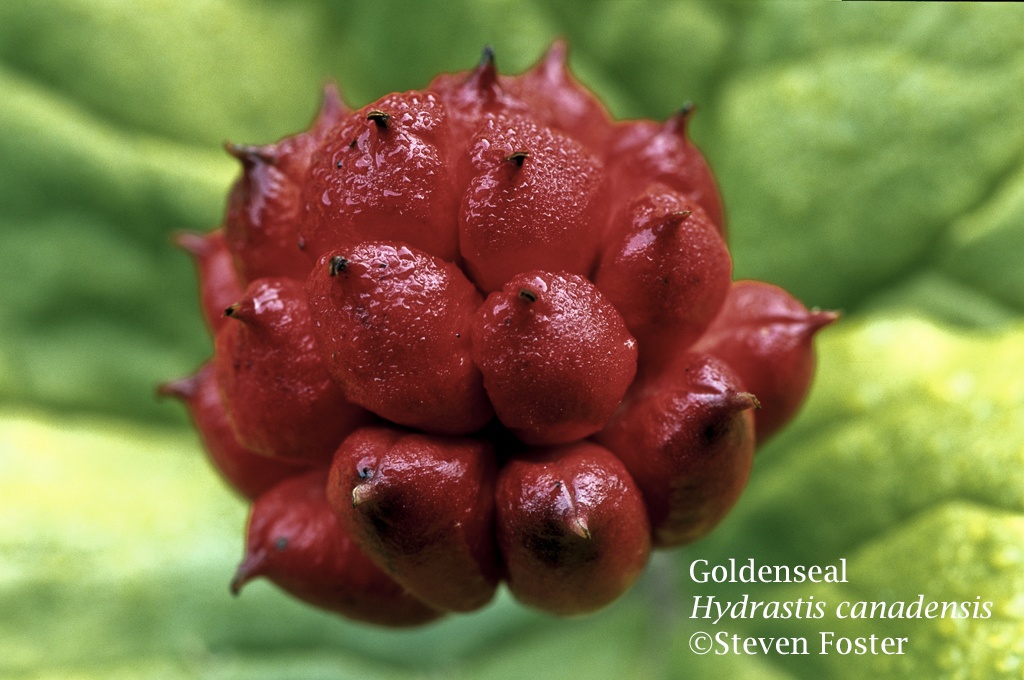
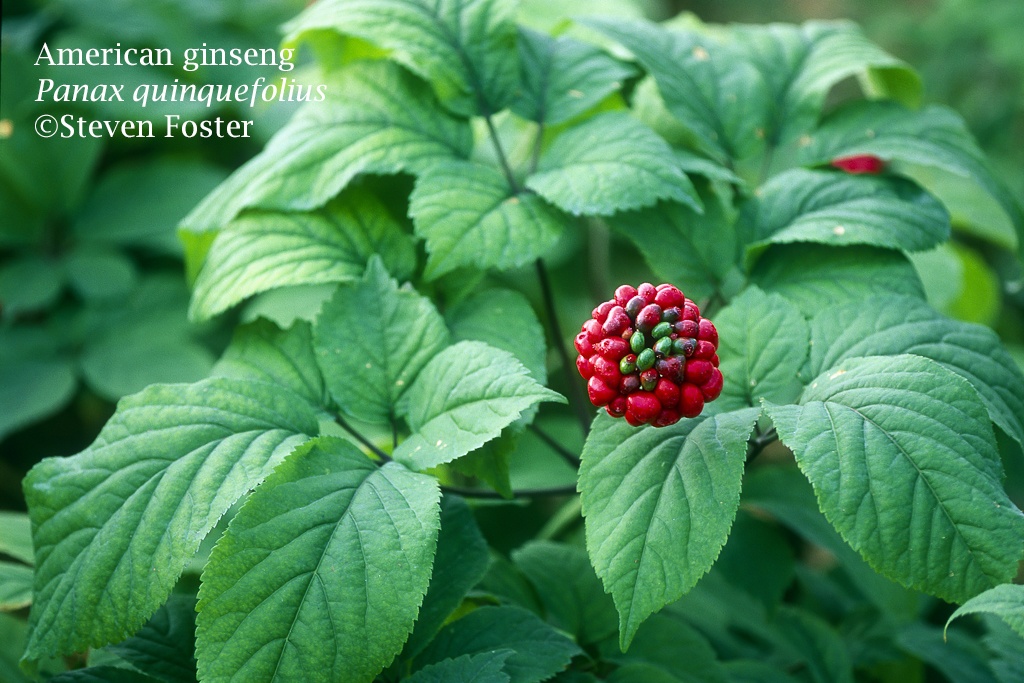
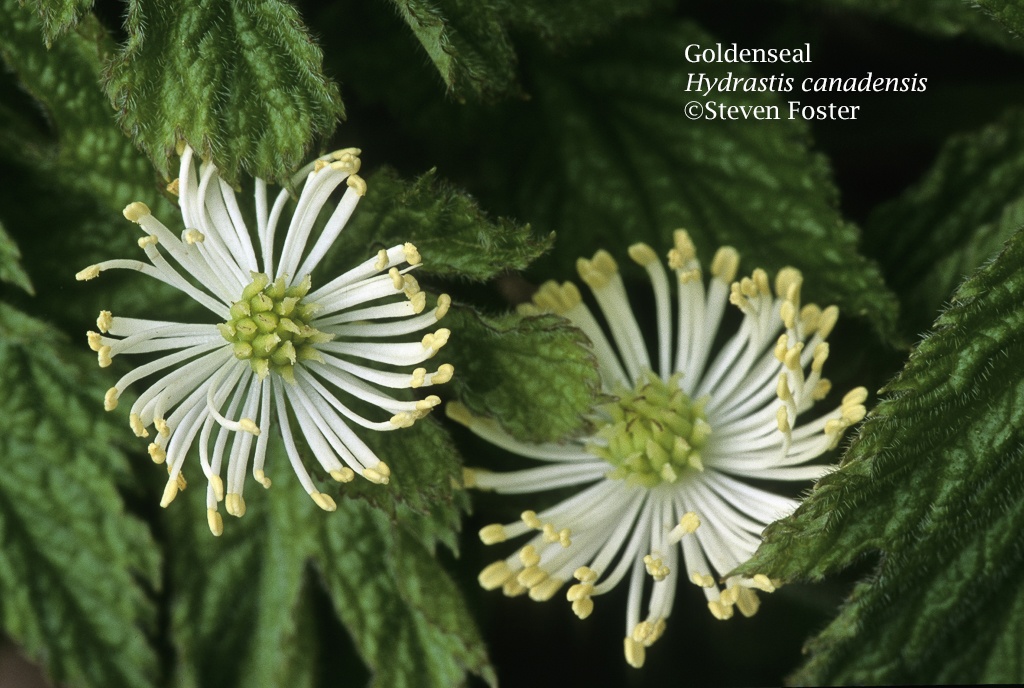
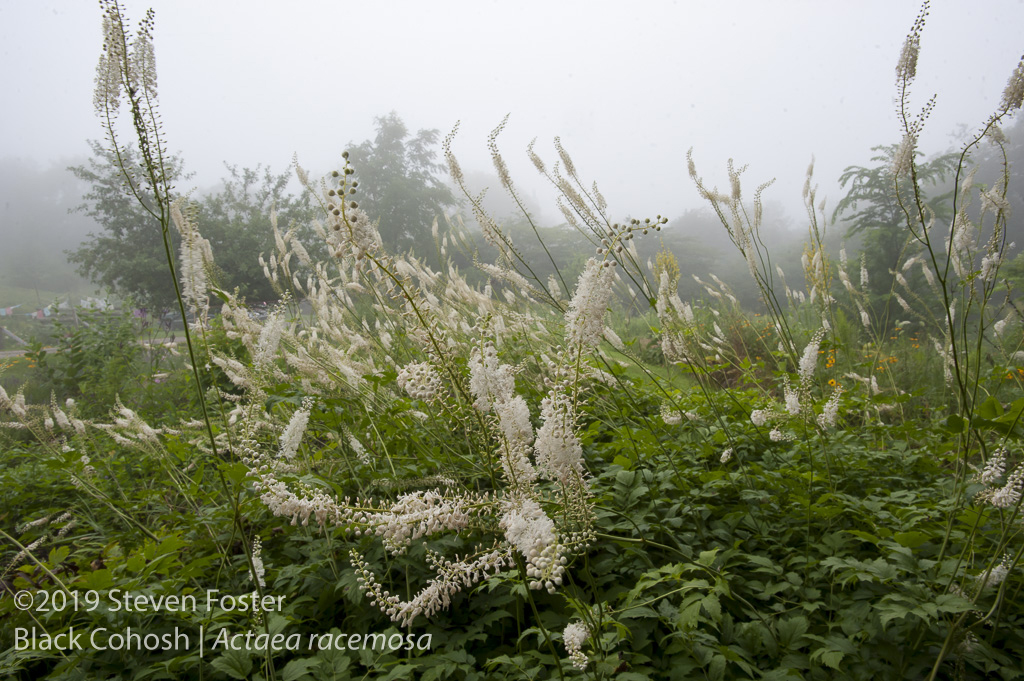
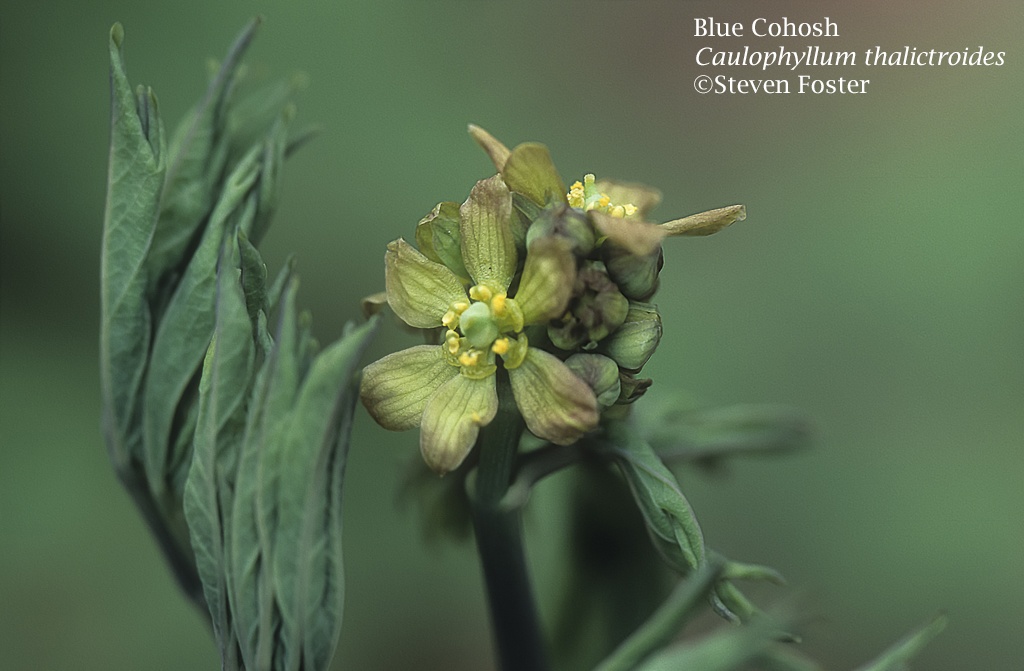
Comments